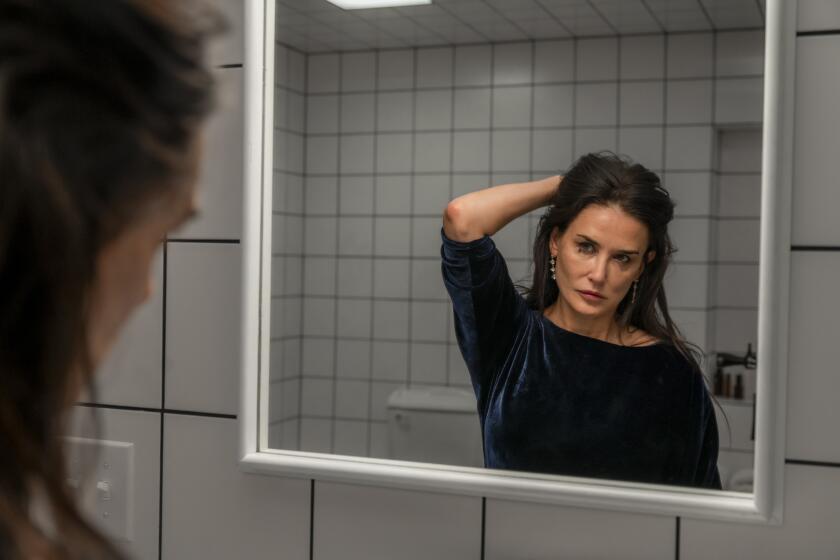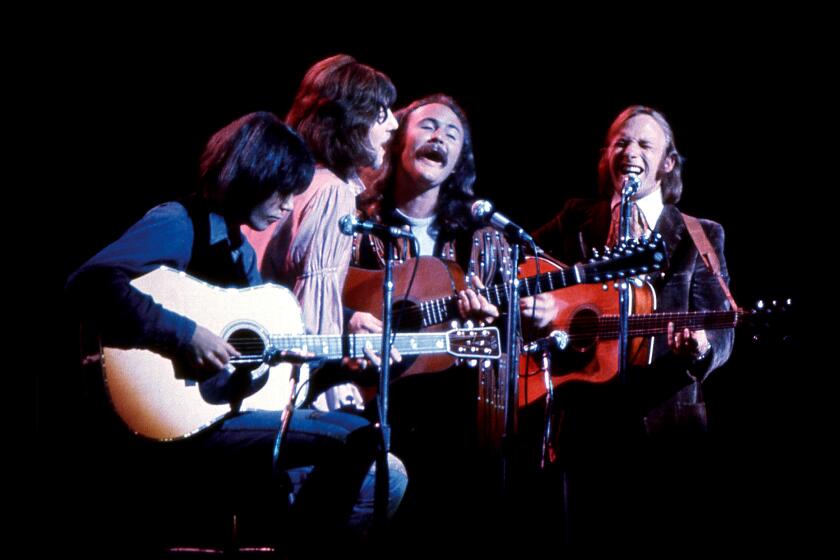The many faces of Wilshire Boulevard
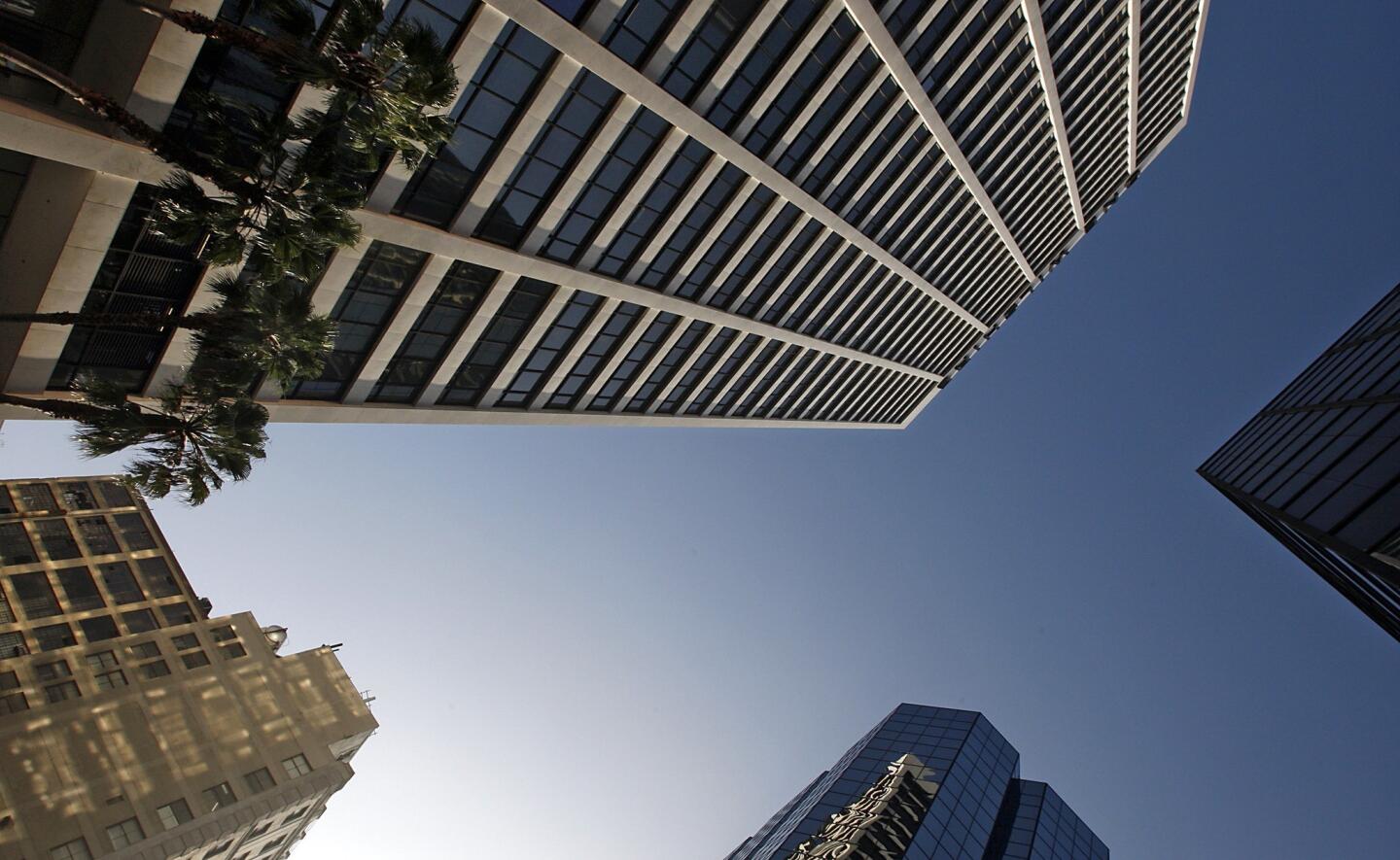
One Wilshire, shown at top, at the eastern end of Wilshire Boulevard may look like a typical office building, but it’s actually what’s known as a “telecom hotel,” holding servers, routers and other equipment for telecommunications companies, Internet service providers and other digital firms. (Luis Sinco / Los Angeles Times)
The bond between Wilshire Boulevard and Los Angeles goes far back, and though the street can be viewed as a prototypical L.A. roadway, it also has its own distinct footprint.
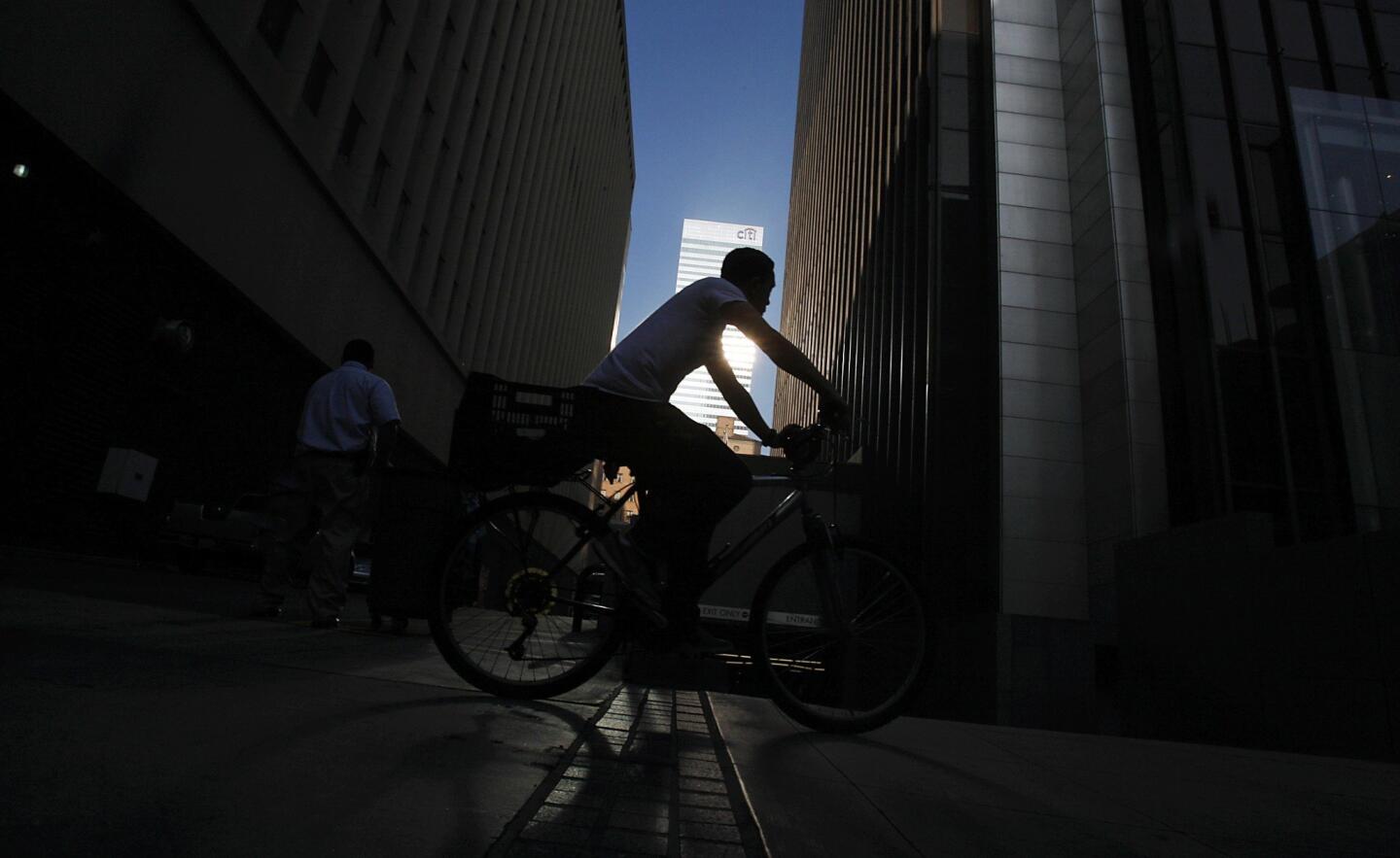
A bicyclist rides through shadows cast by tall buildings along Wilshire Boulevard. Dense development lines the boulevard as it winds from the skyscrapers of downtown Los Angeles to its terminus overlooking the Pacific Ocean in Santa Monica. (Luis Sinco / Los Angeles Times)
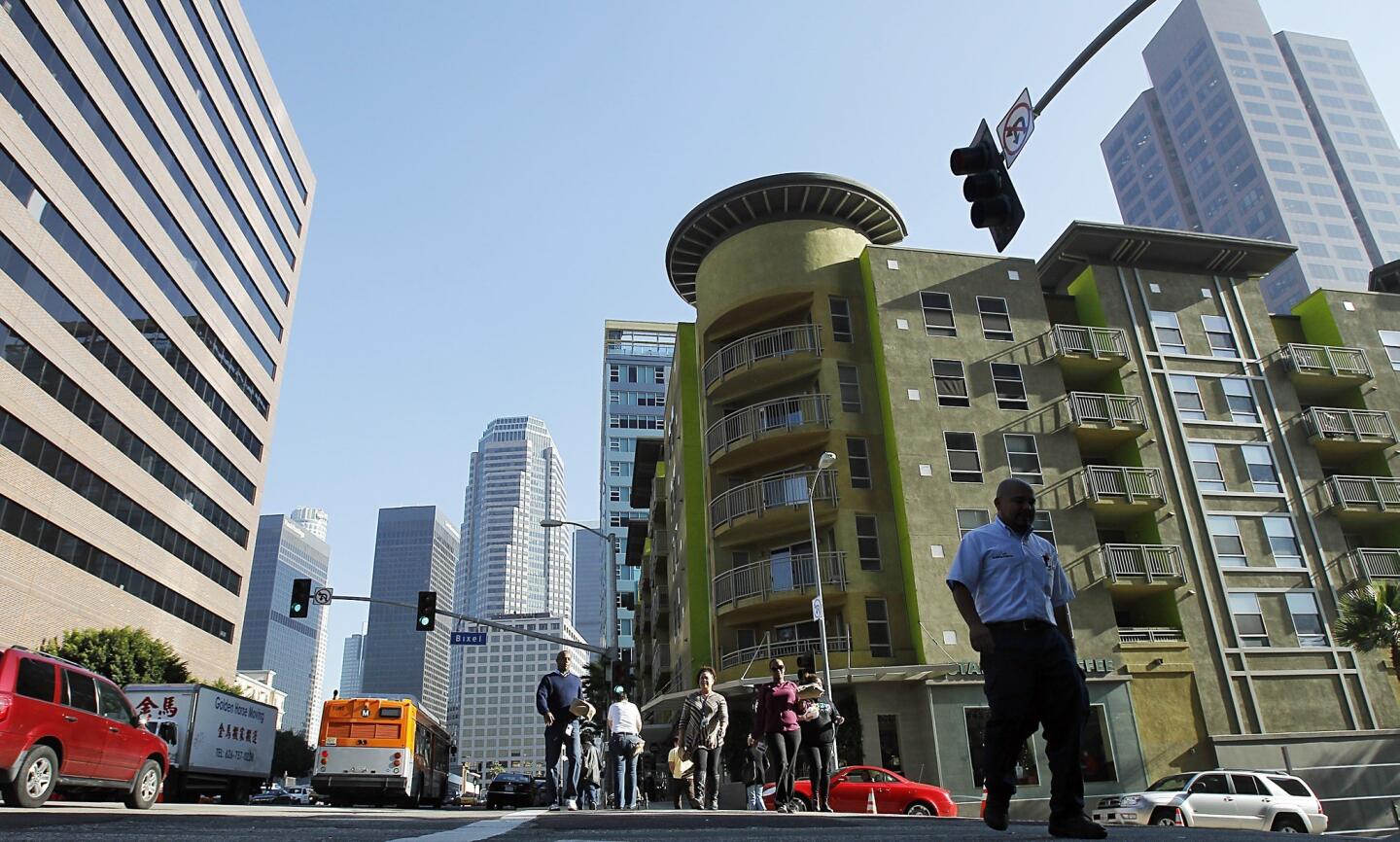
While other cities benefited from innovative buildings and parks during the last big building boom, L.A. mostly saw a new generation of cheaply made apartment buildings like the Glo Apartments on Wilshire. The buildings are a slightly denser and less charming version of the 1960s dingbat apartments. (Luis Sinco / Los Angeles Times)
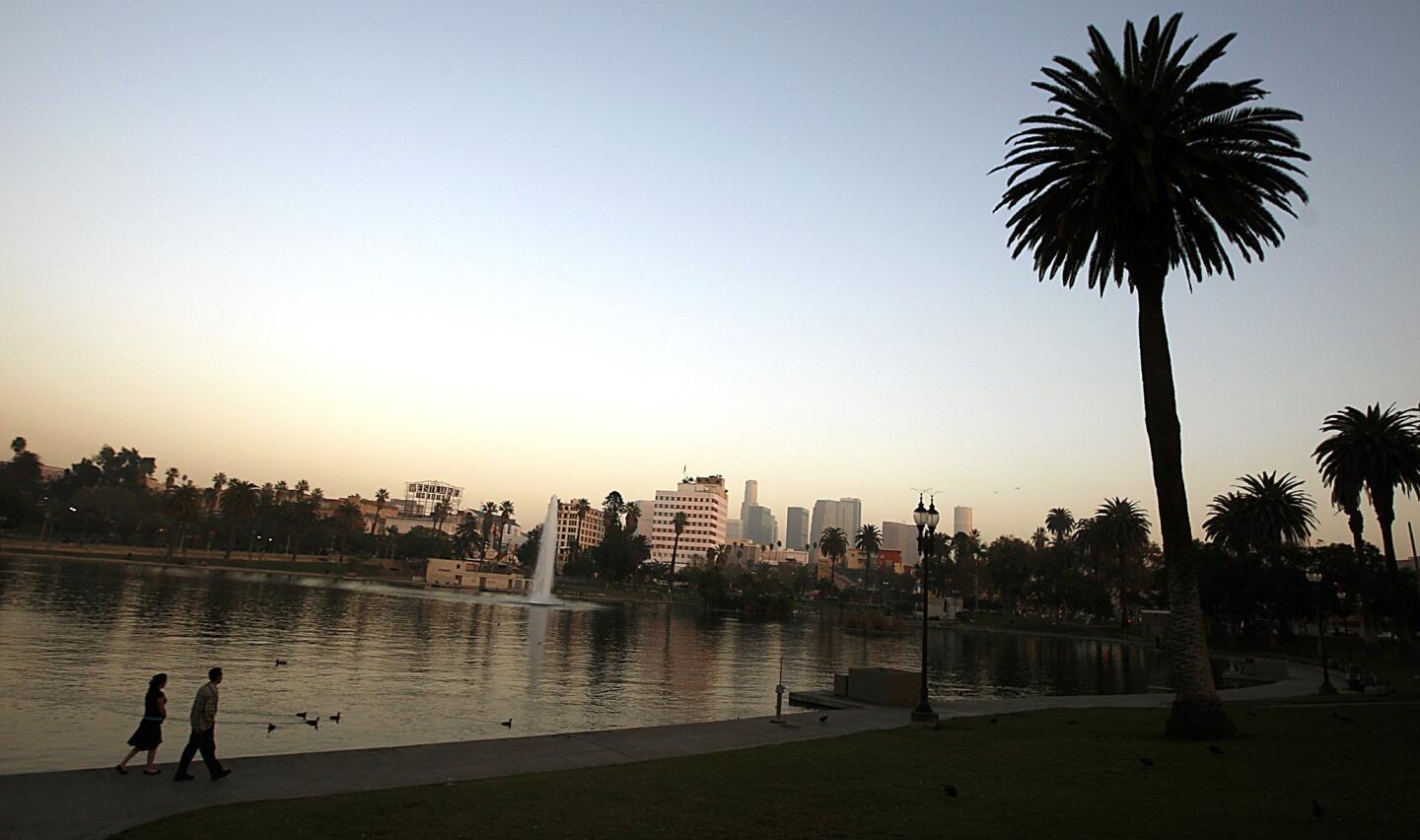
Wilshire Boulevard runs alongside MacArthur Park. Originally named Westlake Park, the site was built in the 1880s around wetlands fed by natural springs. (Luis Sinco / Los Angeles Times)
Advertisement
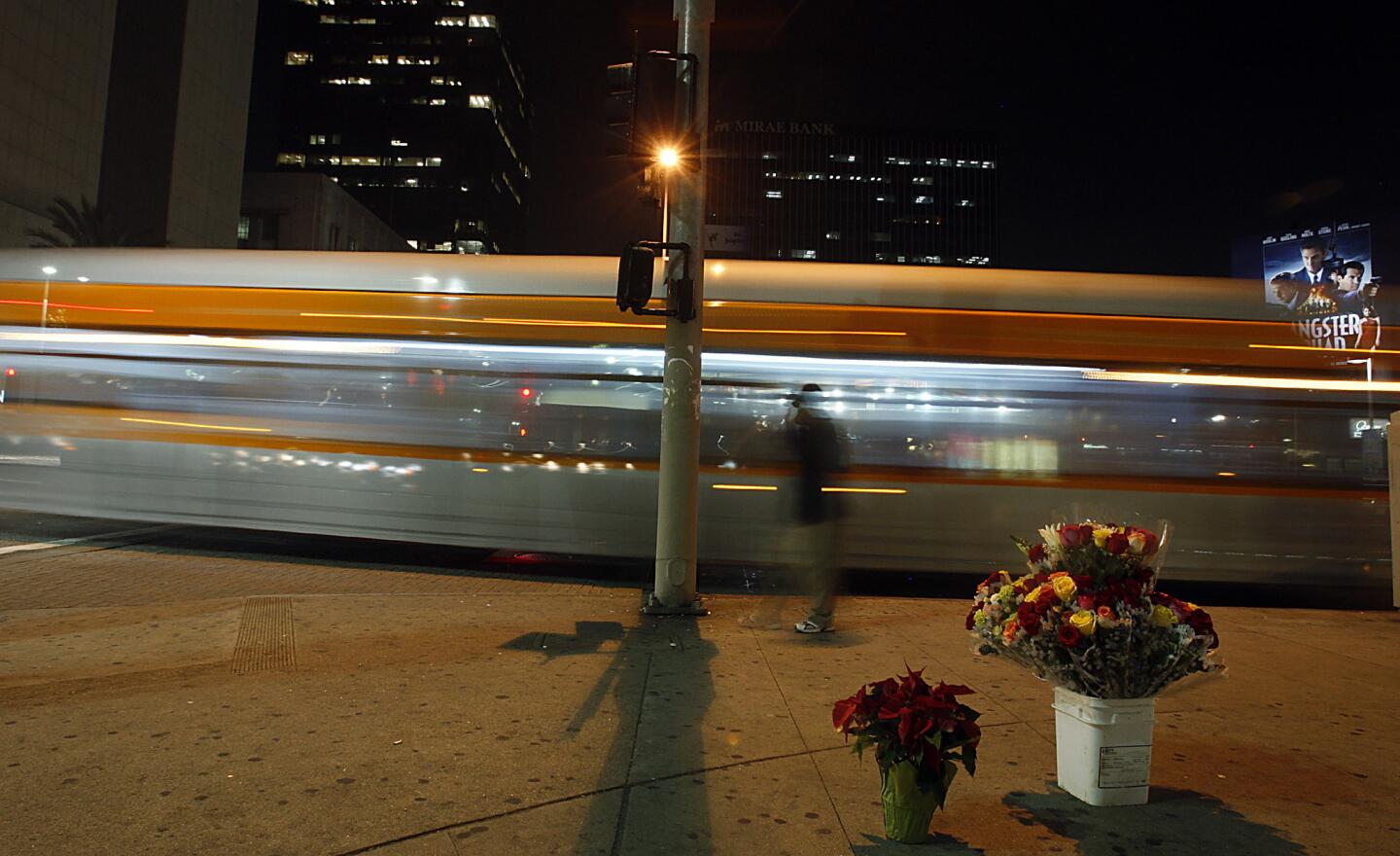
At the densely packed intersection of Wilshire Boulevard and Vermont Avenue stands the Metro Red Line Station. (Luis Sinco / Los Angeles Times)
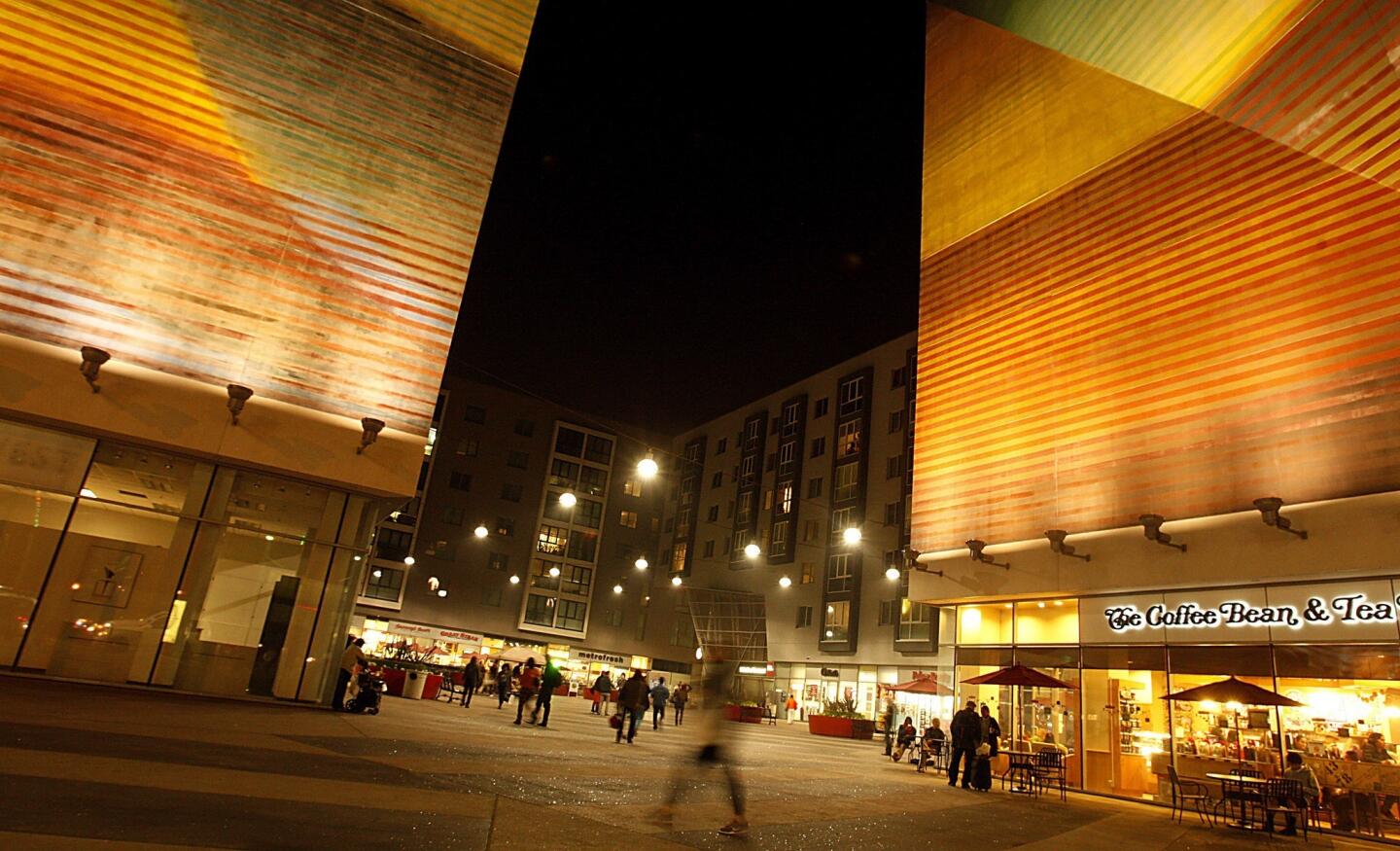
The Wilshire Vermont Station apartments illustrate the prominence of Wilshire as Koreatown’s central hub. (Luis Sinco / Los Angeles Times)
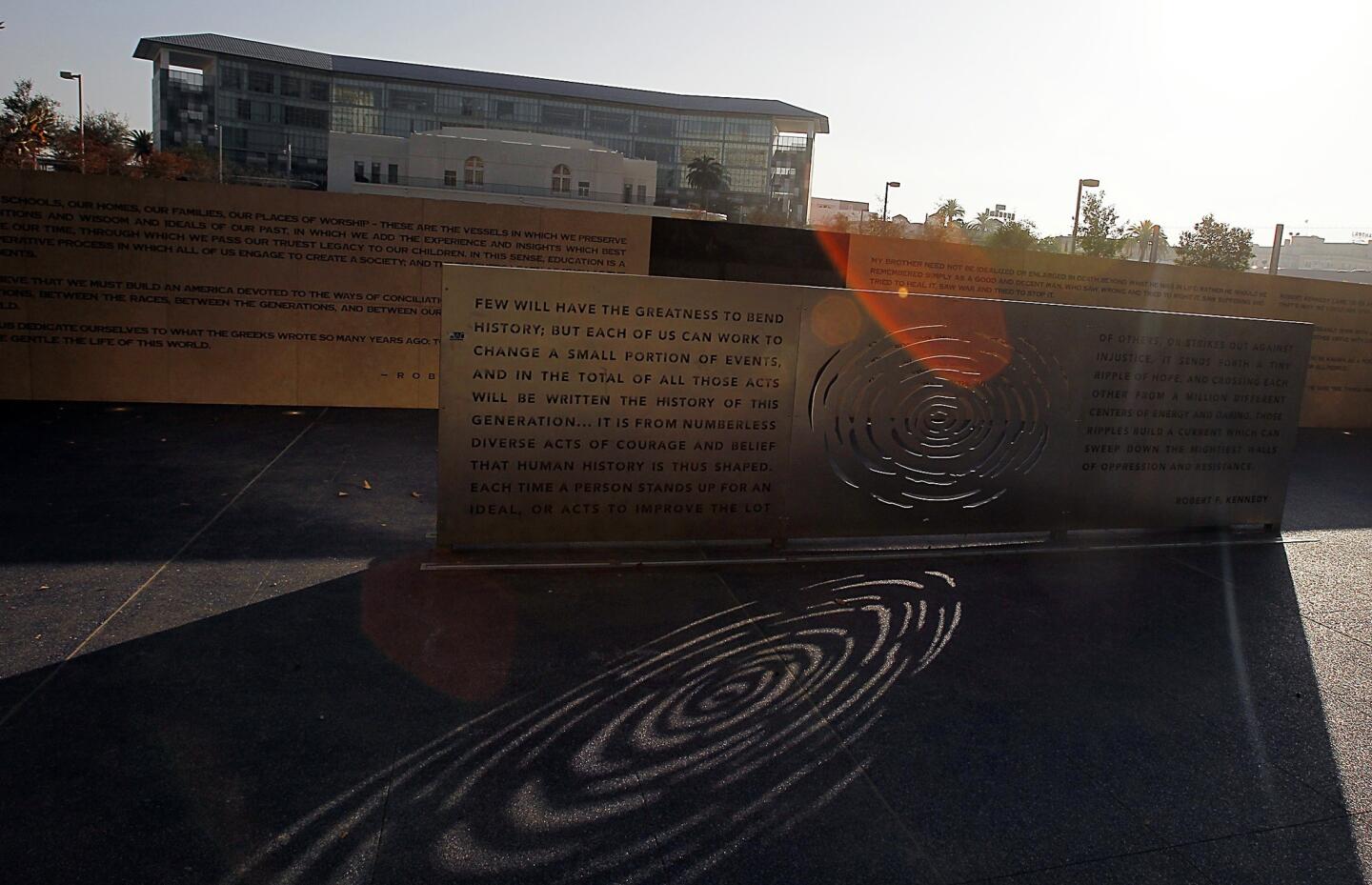
A memorial park in honor of Robert F. Kennedy is situated along Wilshire Boulevard in front of the Robert F. Kennedy Community Schools. (Luis Sinco / Los Angeles Times)
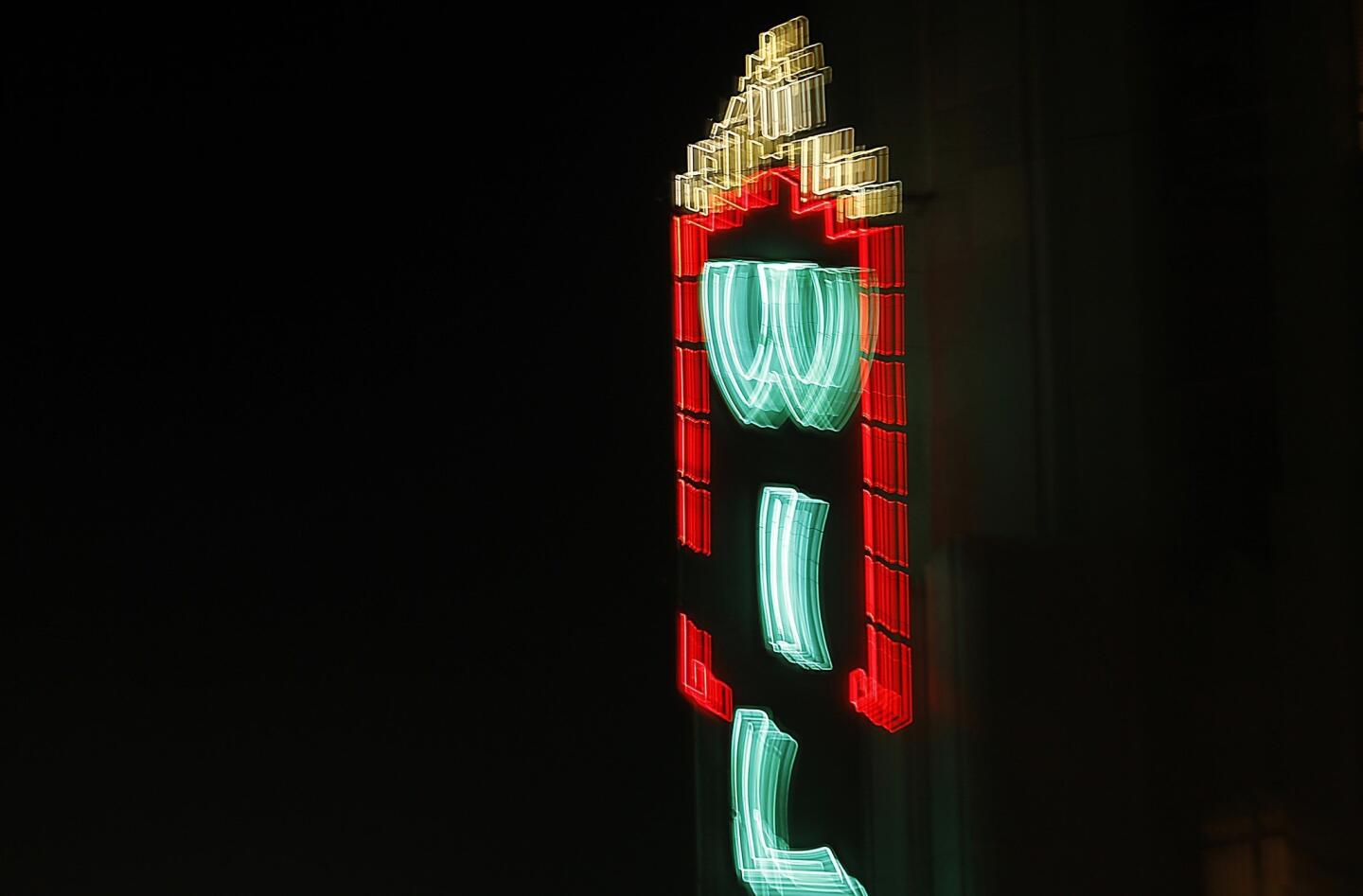
The neon marquee of the Wiltern, a landmark Art Deco theater, glows over the intersection of Wilshire Boulevard and Western Avenue. (Luis Sinco / Los Angeles Times)
Advertisement
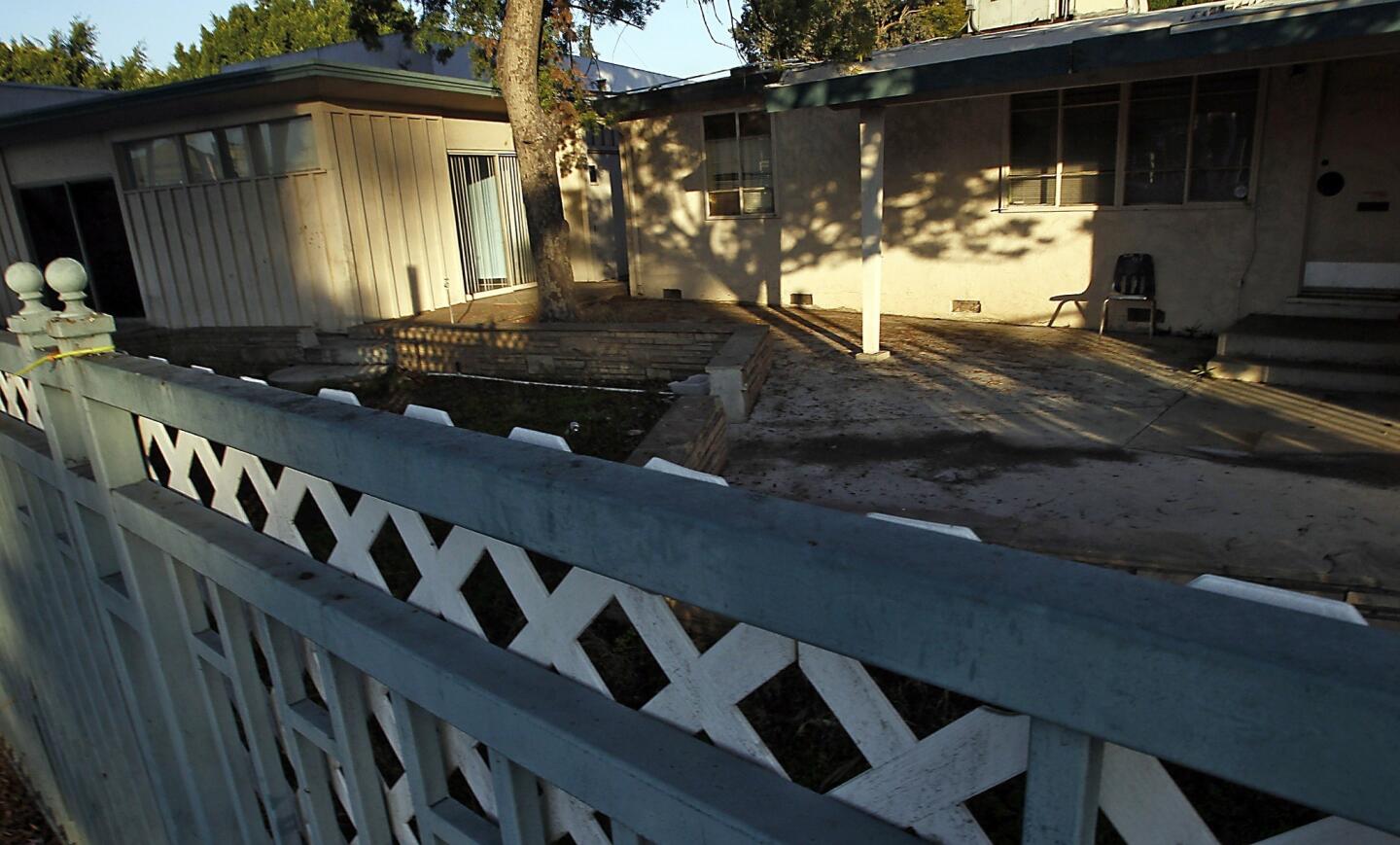
The 1946 Post-War House, also known as the House of Tomorrow, sits largely ignored and in decay at 4950 Wilshire Blvd. -- a forgotten relic of a more optimistic time. (Luis Sinco / Los Angeles Times)
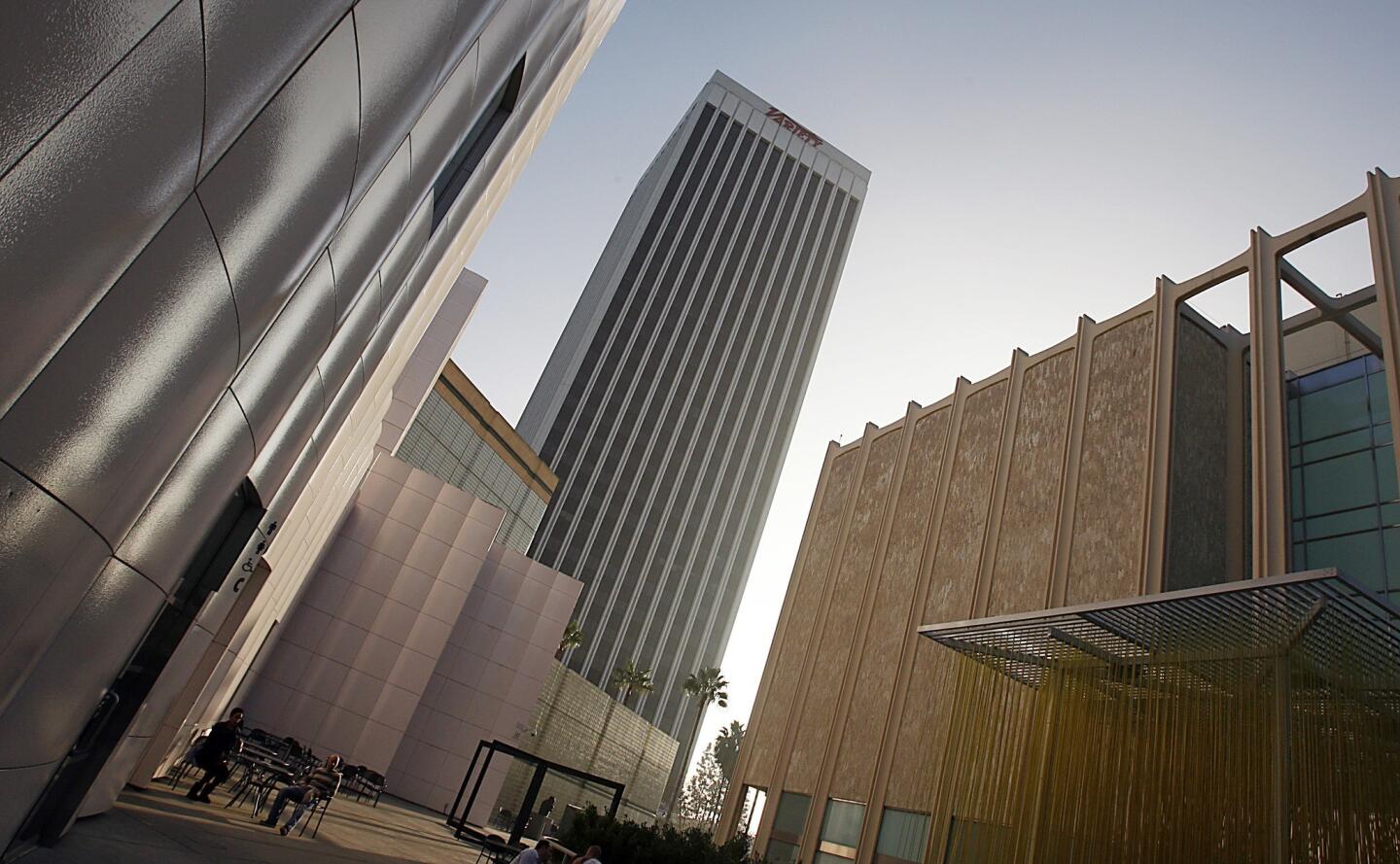
The Los Angeles County Museum of Art’s campus on Wilshire has been considered hard to get to by car, but it will be more central when the light-rail Purple Line is built in about 10 years. (Luis Sinco / Los Angeles Times)
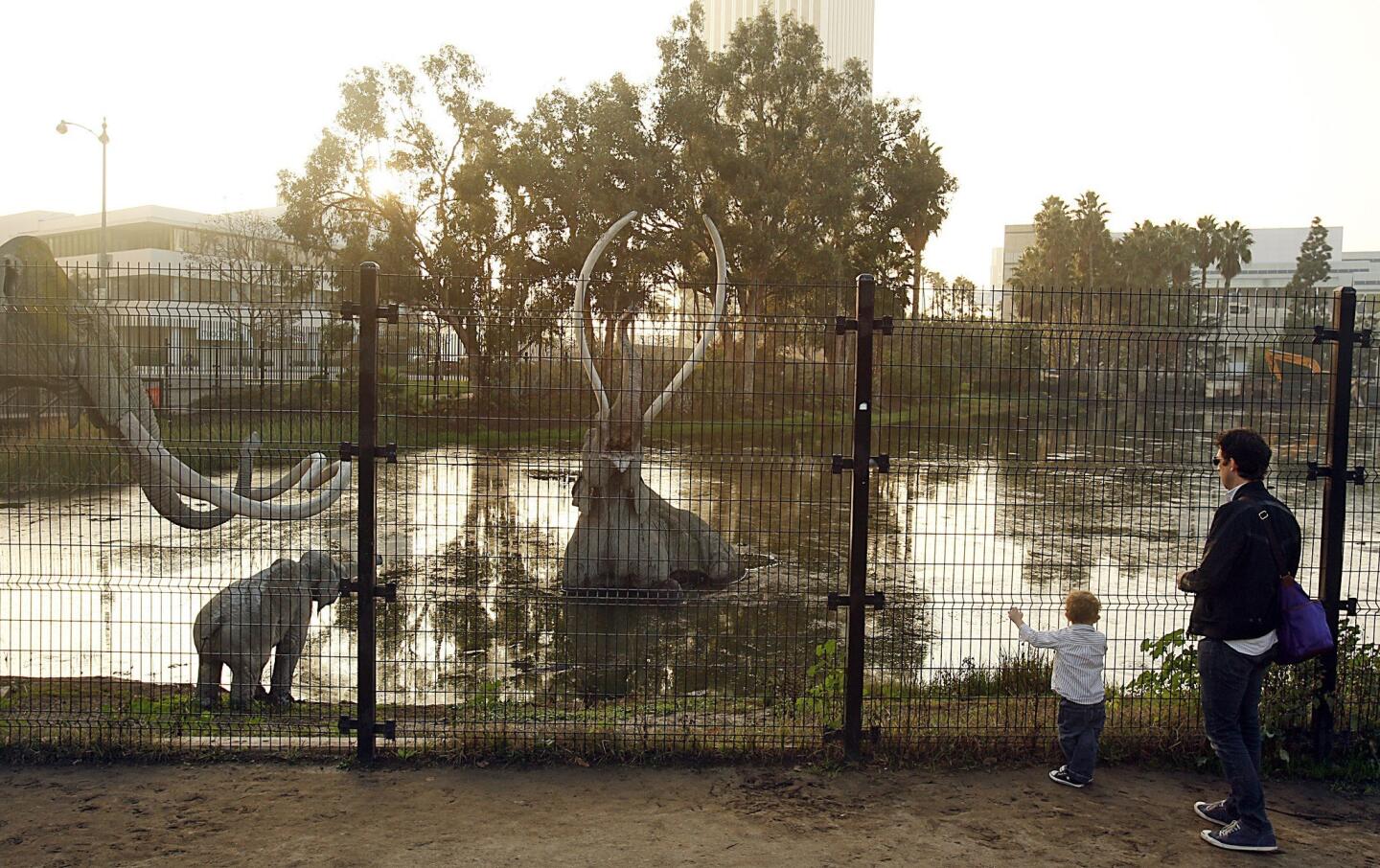
The La Brea Tar Pits sit bubbling inside Museum Row, a stretch of Wilshire that’s home to the Los Angeles County Museum of Art campus. (Luis Sinco / Los Angeles Times)
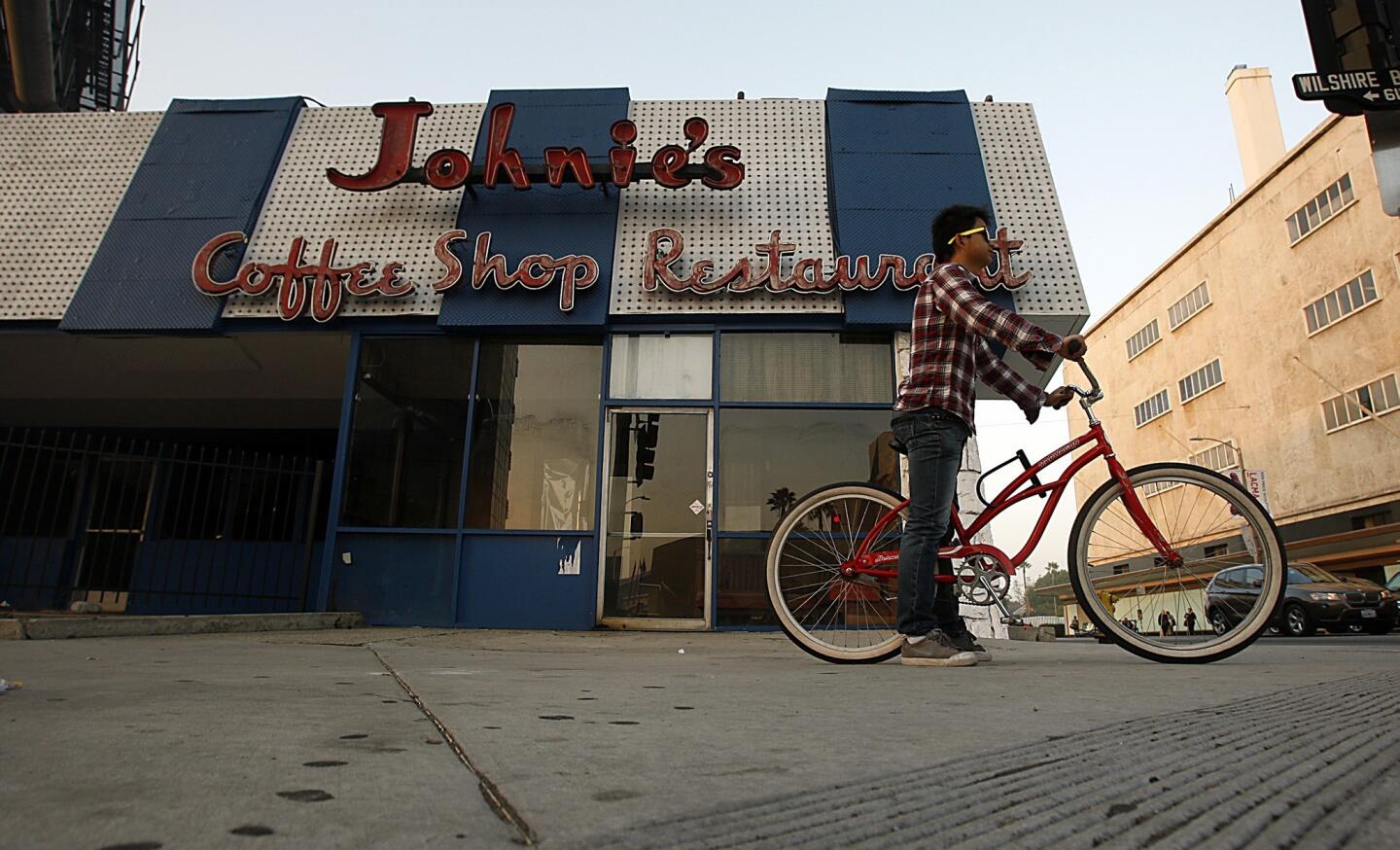
The shuttered Johnie’s Coffee Shop on Wilshire near LACMA opened in 1955 in the classic Googie style. (Luis Sinco / Los Angeles Times)
Advertisement
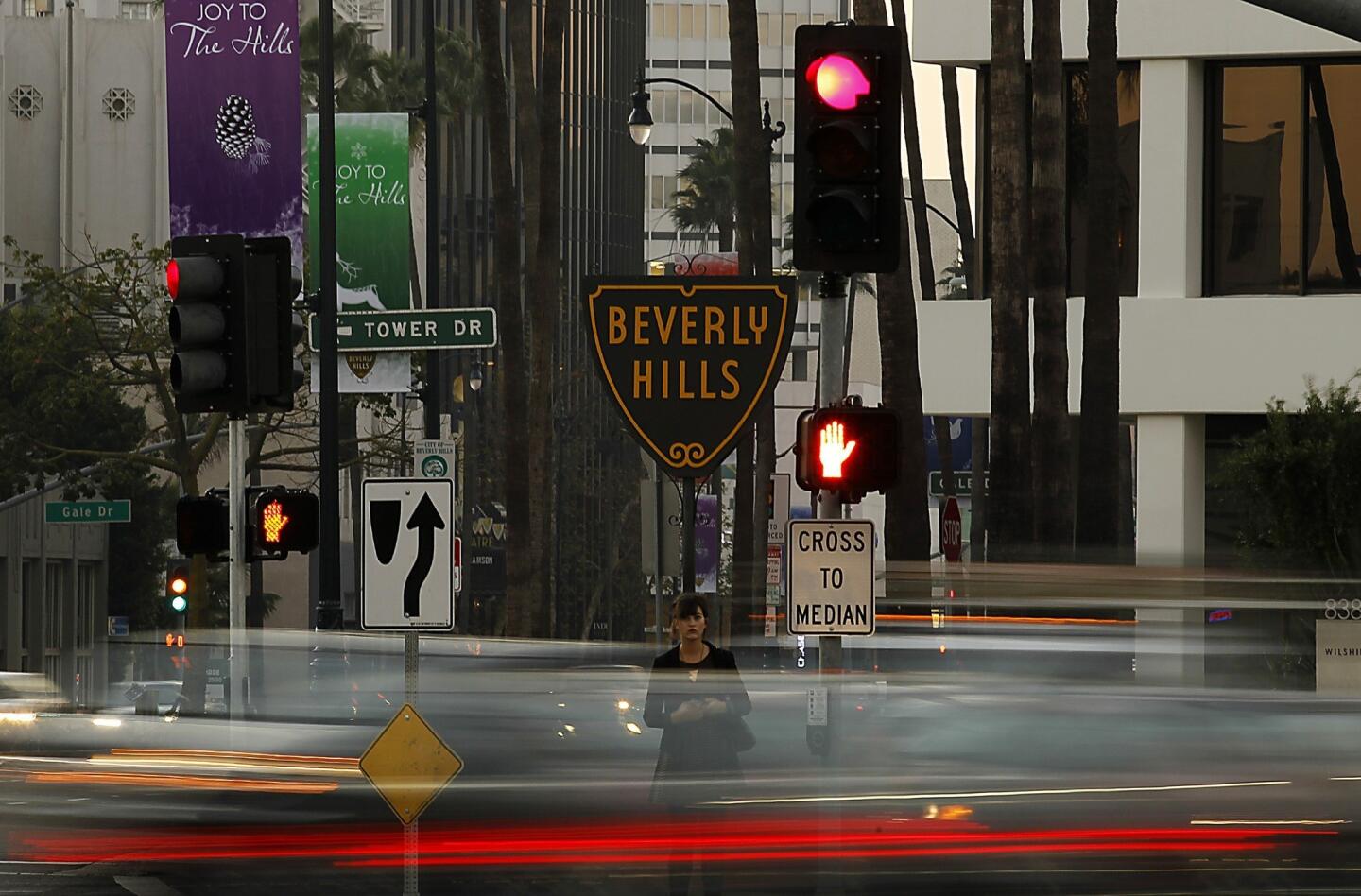
Beverly Hills marks the point where Wilshire returns to a more consistent street life after a series of stop-and-start stretches. (Luis Sinco / Los Angeles Times)
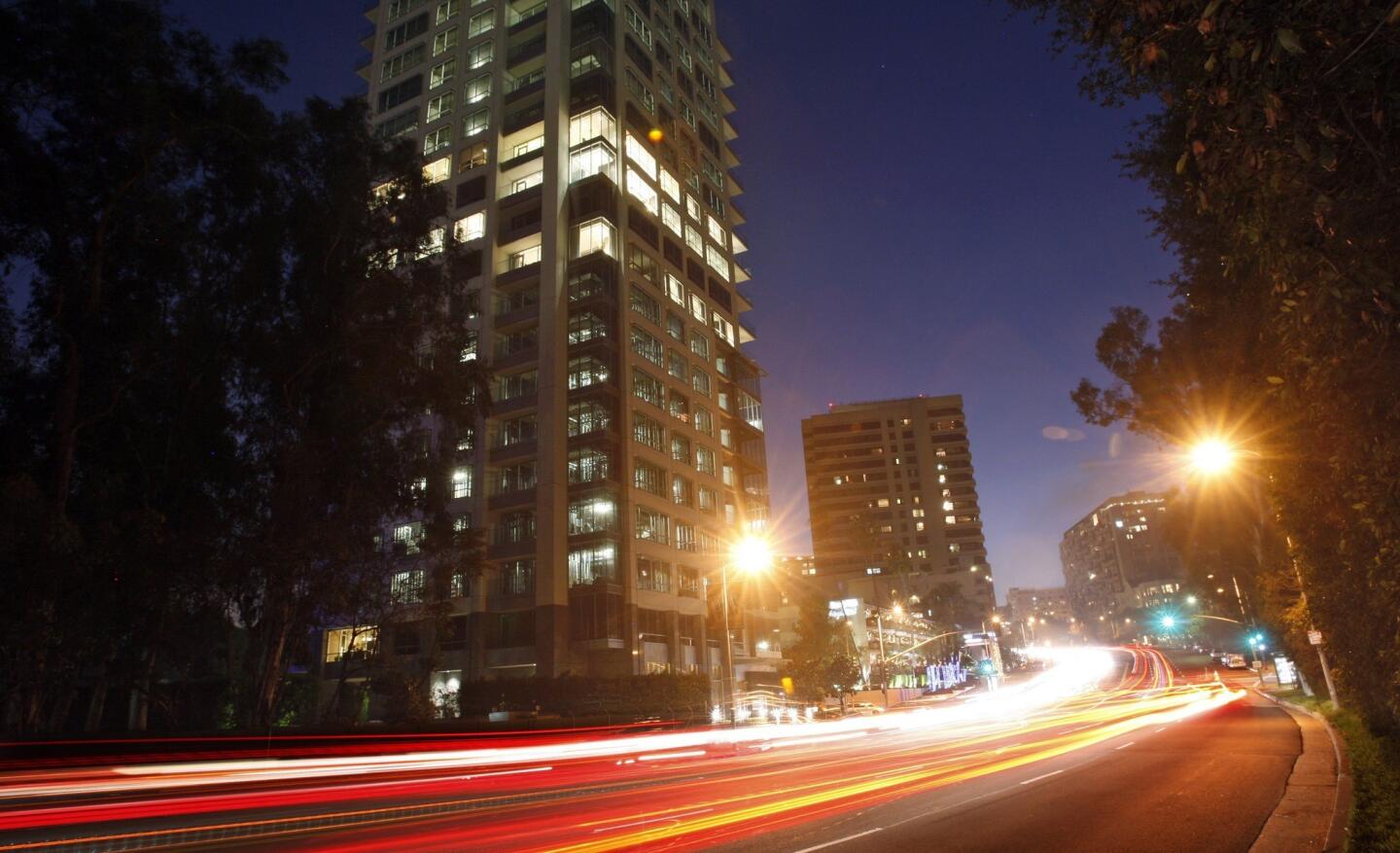
Traffic streams along Wilshire Boulevard as the verdant expanse of the Los Angeles Country Club gives way to the high-rise residential buildings of Westwood. (Luis Sinco / Los Angeles Times)
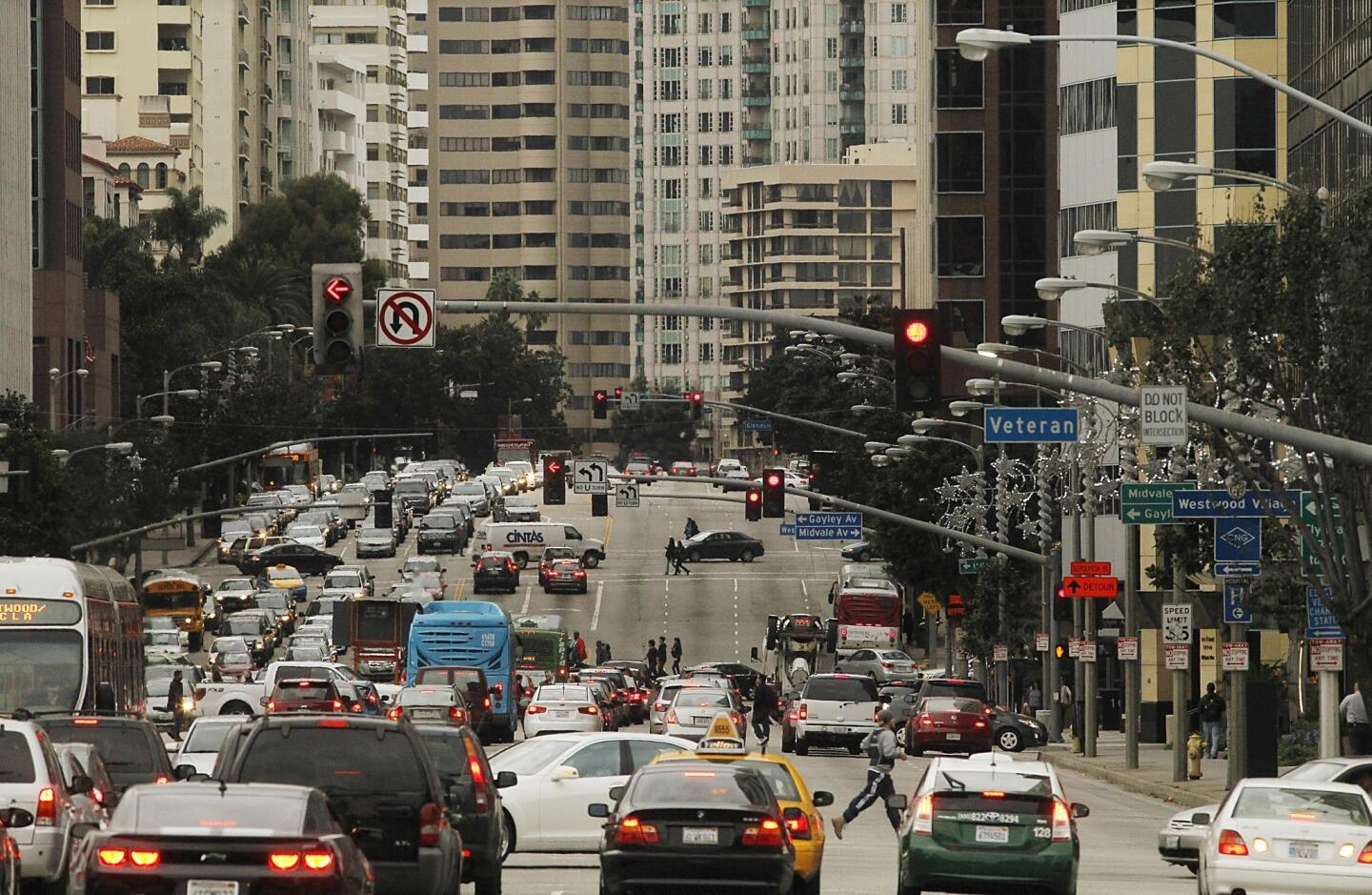
The corner of Wilshire Boulevard and Veteran Avenue in Westwood is the site of Lot 36, a UCLA-owned property considered by some as the single most important undeveloped property in L.A. With a Purple Line portal in its future, the spot could help transform the campus’ identity. (Luis Sinco / Los Angeles Times)
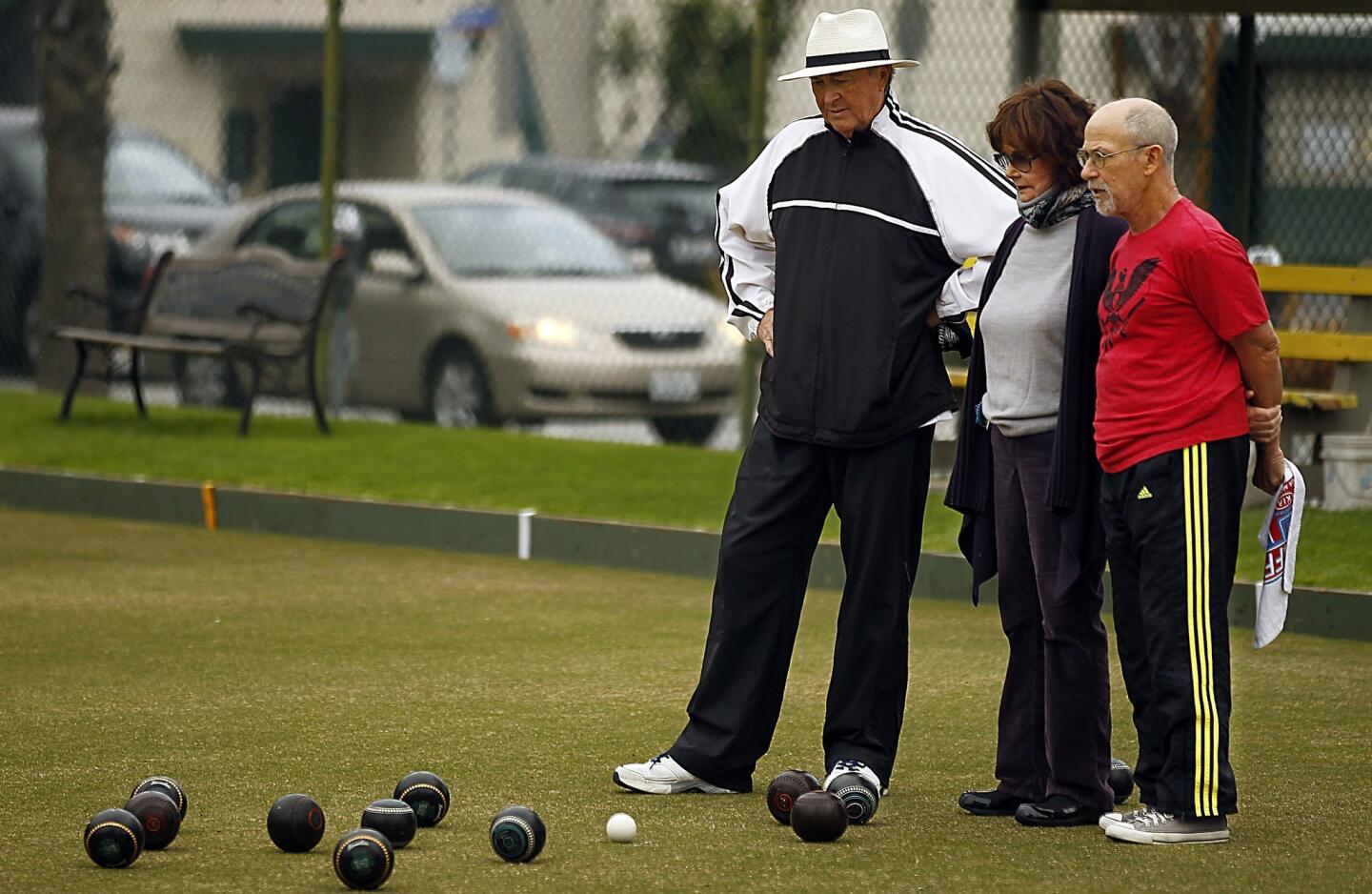
Lawn bowling is a popular activity at Santa Monica’s Douglas Park, located along Wilshire Boulevard. This stretch of the roadway is the only one to have ever carried streetcars in the 1800s before its developers pushed to ban the system. (Luis Sinco / Los Angeles Times)
Advertisement
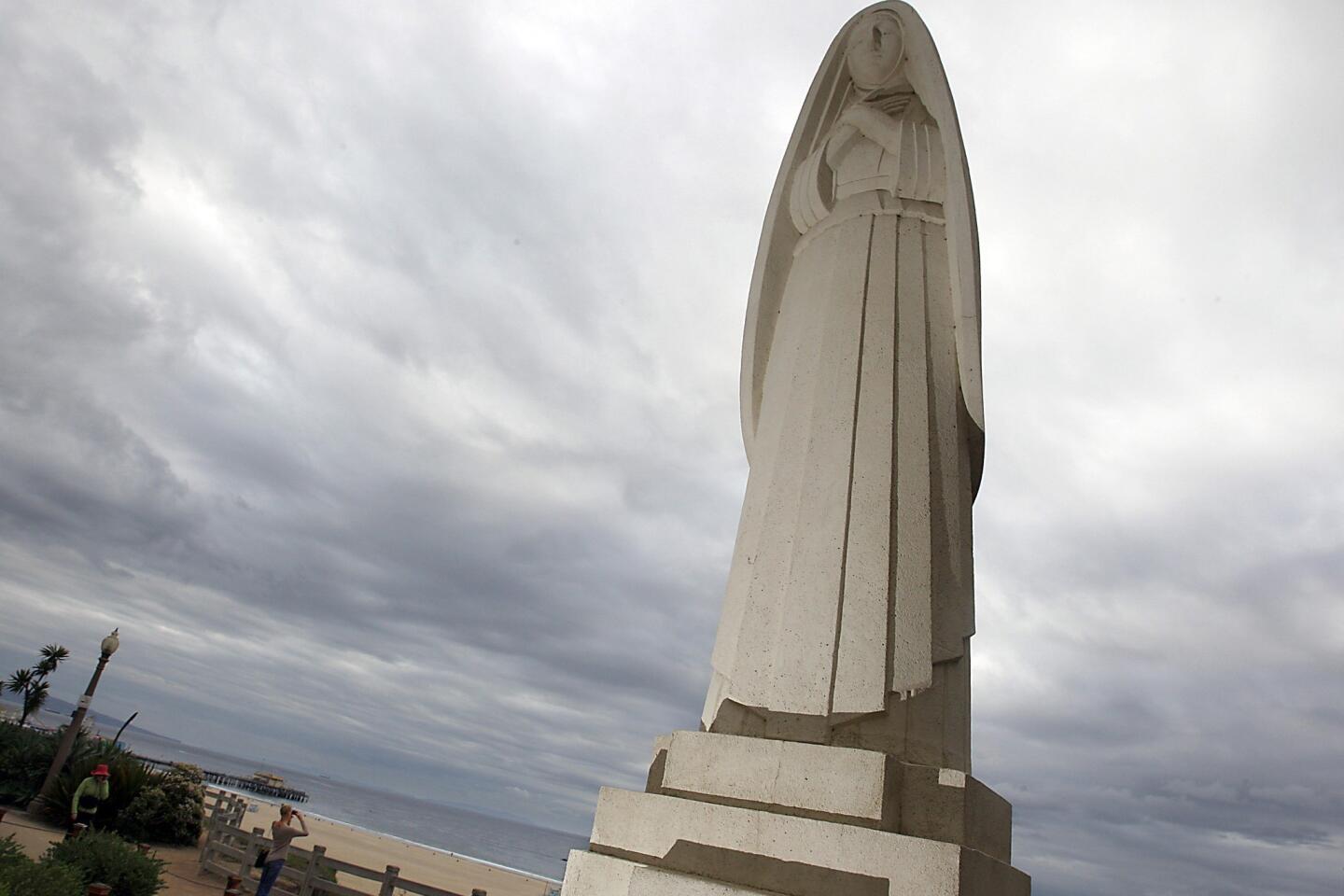
A statue of St. Monica stands at the western end of Wilshire Boulevard on the bluffs overlooking the Pacific Ocean in Santa Monica. (Luis Sinco / Los Angeles Times)

